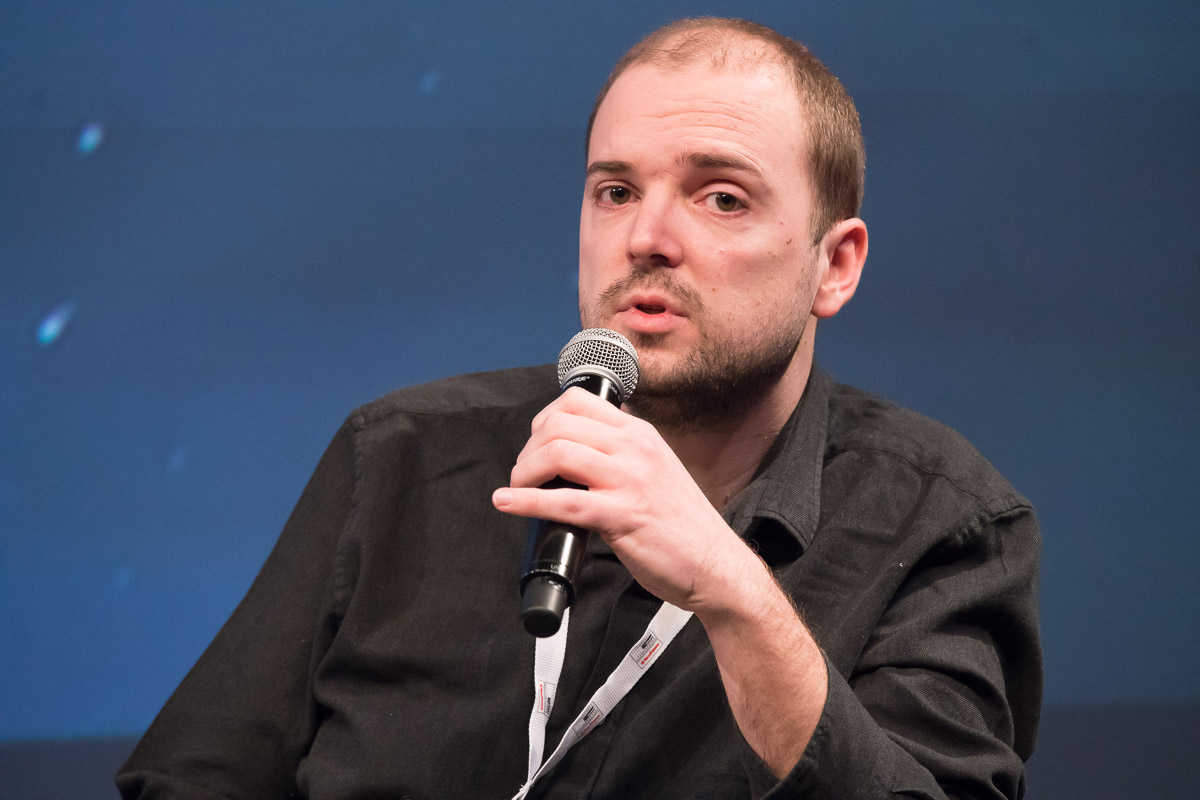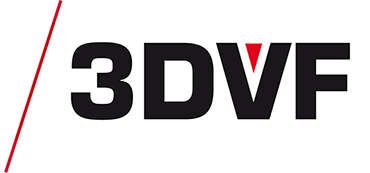This article is also available in:
French
In particular, Several maintainance plans and support are available, in order to allow studios to get the first class support Mercenaries Engineering has been known for (please contact us for more details about the pricing).
| Annual Subscription | Includes | Included Maintenance and Support Plan | Optionnal Maintenance and Support | Access to Private releases | |
| Education | Free | Unlimited Site Licenses | Community | Standard Plan upon selection | Upon selection |
| Non-commercial | Free | Limit of 1 license per IP, site or Project | Community | – | – |
| Single-User | 200€ | Limit of 1 license per IP, site or Project | Community | Standard Plan | – |
| Multi-Users / Studio | starting at 600€ per license | Advanced Plan | Extreme Plan, Custom Plan | X |
| Maintenance and Support | Maintenance Included | Support Included | Access to Private releases | Private Builds |
| Community | Selection of Release Corrective Maintenance Evolutive Maintenance Preventive Maintenance | Community Discord | ||
| Standard | Corrective Maintenance Evolutive Maintenance Preventive Maintenance | |||
| Advanced | Corrective Maintenance Evolutive Maintenance Preventive Maintenance | Priviledged Email | X | |
| Custom | Corrective Maintenance Evolutive Maintenance Preventive Maintenance On Demand Adaptative Maintenance | Dedicated Support via email, call, video call | X | X |
| Extreme | Corrective Maintenance Evolutive Maintenance Preventive Maintenance Adaptative Maintenance package Priority treatment | Dedicated Support via email, call, video call | X | X |
3DVF : Let’s talk about the origins of Rumba, and what led to the launch of the product. Mercenaries Engineering is known for Guerilla, a lookdev, assembly, lighting and rendering solution. Why did you decide to look into animation tools and not, for example, another area closer to Guerilla within the pipeline ?
The need for another animation tool was obvious because animation is costly in human resources, which has an impact on the size of budgets. In the end, many studios choose to lower their expectations in termes of quality, or to outsource their animation tasks. We also quickly realized the need for innovation in the animation sector, in order to bring more performance and dynamism.
Since we know the industry very well, we had very precise ideas about what needs to be done to push things forward, and of course our software development expertise allowed us to create the architecture of a software that would be able to hande the challenges of the future of animation. We are about, by the way, to follow the same path when it comes to rigging.
In the end, amongst all the development opportunities for this new product, the main challenge was also the more exciting for the team, and it helped us grow the team year after year without loosing our joy and good spirit.
3DVF: Could you tell us about the history of the software ?
Jean-Baptiste Spieser from TeamTO Studio approached us to launch a collaborative project, later known as Collodi.

Jean-Baptiste Spieser (CTO – TeamTO studio) at the Paris Images Digital Summit 2017
This project was also done in collaboration with the Imagine team from INRIA [Editor’s note: IMAGINE has been replaced by ANIMA during this summer] and with the help of public funders and of two French innovation clusters, Cap Digital and Imaginove (now known as Minalogic).
Some of this work was helped by two successive FUIs [Editor’s note : a Fonds unique interministériel or FUI is a French program aiming at helping the development of products and services], and the work done since the end of the collaborative projects has been funded by our own funds, as far as Mercenaries Engineering is concerned.
For the collaborative projects, we had the chance to receive some help from Paris Region. This help has been renewed twice, which helped us focus on the development without having to look for financing elsewhere. Our partners Teamto and INRIA have received some financial support from Bpifrance, the Auvergne-Rhône-Alpes French region, the Drôme department and Valence-Romans Sud Rhône-Alpes.

One of the first public showcases of Rumba, at the 2018 Annecy Festival.
Above : Haïet Lakhouache from TeamTO and Cyril Corvazier from Mercenaries Engineering. Below, in the center, the scientist Rémi Ronfard.

3DVF: It seems that TeamTO studio is now using its own in-house tool, derived from Rumba. Can you give us a few details about this?
The software that came out of this collaboration has been used with success on the series Mighty Mike by TeamTO.
This technical basis is more than enough for the needs of a specific studio, but not for the needs of the whole industry, since everyone has its own needs. Moreover, it would not be doable to maintain specific versions for TeamTO and we had to focus on the version of the software that would meet all those needs, without any exception. Teamto therefore handled the maintenance of the software for their own needs, and we evolved on our side towards what would eventually become Rumba 1.0.
3DVF: Looking back at the past decade, many renderers entered the market. Some thrived, other failed. The animation market is quite different, with only a limited number of tools: how do you explain this difference?
Several factors can explain this discrepancy. The first is the difference of documentation on this topic. Creating a renderer is often part of the training of computer graphics developers, we ourselves have written a bunch of renderers before Guerilla. Animation-related programming is not as often a part of the training of developers. Moreover, rendering is a more attractive subject, since you get very visual results, and developers love programming renderers.
It should also be underlined that a renderer can be developped without thinking too much about most tools involved in the animation pipeline. On the other hand, creating a standalone animation software implies to develop a whole part dedicated to editing, for example the edition of 3D models, which increses the initial cost of developping such a tool, whereas a renderer will be easily grafted on existing software. From a technical point of view, the basic level you need to reach in order to handle 3D animation of characters for series and movies is very high, which explains why there are so few alternatives in this market.
Getting back at the sustainability of such a tool, it is tightly related to the way it fits a specific market. Many tools have dwindled due to the fact that they were not specialized enough, or not enough business-oriented. Let’s not forget that a tool targeting a production environment must be able to handle heavy workloads, and must be robust, flexible, scalable, expandable, and must fit within a production pipeline. This makes the development of an animation tool even harder…

3DVF: Some animation tools have been launched in the past few years, such as Akeytsu, Cascadeur. What’s your take on them? What do you think of some of the ideas they are using, such as deep learning and physics to help animators?
There are good ideas in those two solutions. The more companies trying to change things there are, the more diversified the market will be, and the more studios will be daring to get out of their comfort zone.
Physics and machine learing are of course in our minds when it comes to the creation of the animation & rigging tools of the future. We also remain pragmatic about the use of such technologies.
We are planning, for example, to let animators use basic simulations within Rumba (hair, cloth, volumes) in order to lighten the work of the CFX department. This would also allow smaller productions to use CFX at a lesser cost.
3DVF: Mercenaries Engineering was launched in 2008, 12 years ago. How far have you evolved? Can you share a few numbers on the company?
Our company has been making profit since the first day and we are in a very good financial position, without debt, with a good gross income and a strong financial reserve. This allows us to hire even during the COVID-19 lockdown. Our team is growing steadily and we are all focused on a single goal : we enjoy pushing things forward, together.
Our growth is strictly organic, the associates behind the company have not changed since the first day, and we have never needed external capital/venture capital. Which is why we have a great freedom when it comes to development and R&D choices, since we the sole decision-makers of the priorities and goals of the company. This allowed us to make bold choices, for example by choosing innovation instead of maximum profitability of previous versions and products, with success. Our products are recognized as a serious alternative to the biggest tools of the market, and we are not planning to stop there.
As a conclusion, there are still many things we have yet to unveil, and nothing will stop us 😉
We would like to thank our partners Creative Seeds and Karlab: they provided profesionnal rigs so that Rumba users can use them to learn the software.
For more information
- As we explained in the introduction, Rumba will be launched shortly;
Rumba has LinkedIn, Youtube, Facebook, Twitter, Instagram accounts;
You can also follow the Rumba Animation Challenge on LinkedIn & Instagram;
Mercenaries Engineering on LinkedIn;
We have published interviews about Akeytsu, Cascadeur (in French only, sorry!);
Creative Seeds is a CG/VFX school ; you can find more schools on our map of animation/VFX/videogame schools;
TeamTo and Karlab are both listed on our map and list of CG/VFX/Animation/videogame studios;
Cap Digital, Minalogic, two French innovation clusters;
The IMAGINE research team website (it has since been replaced by another team, ANIMA).

